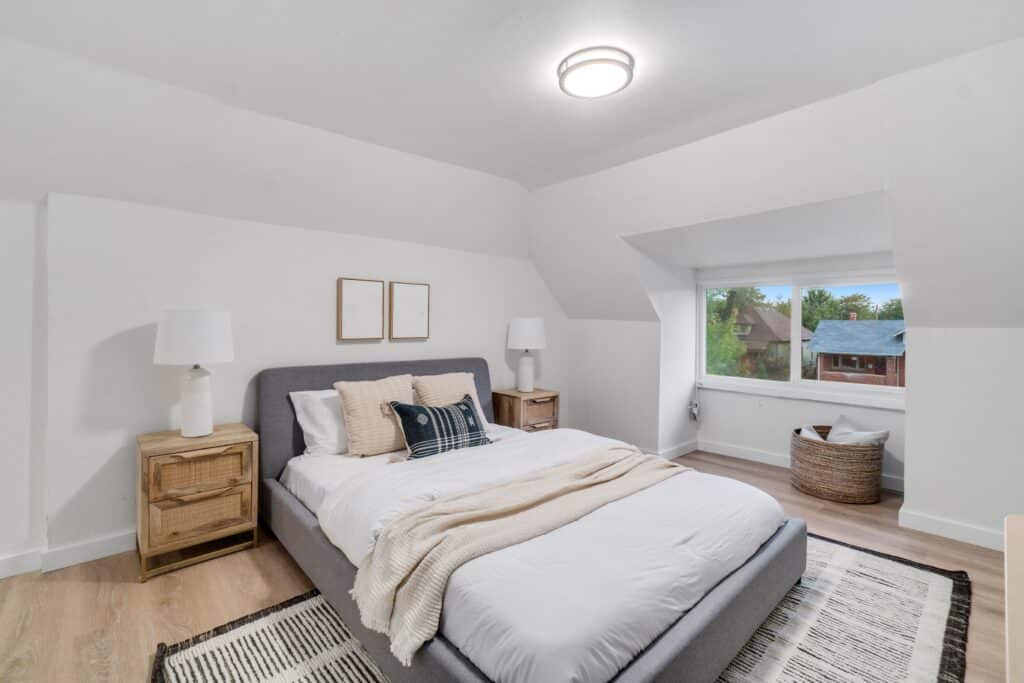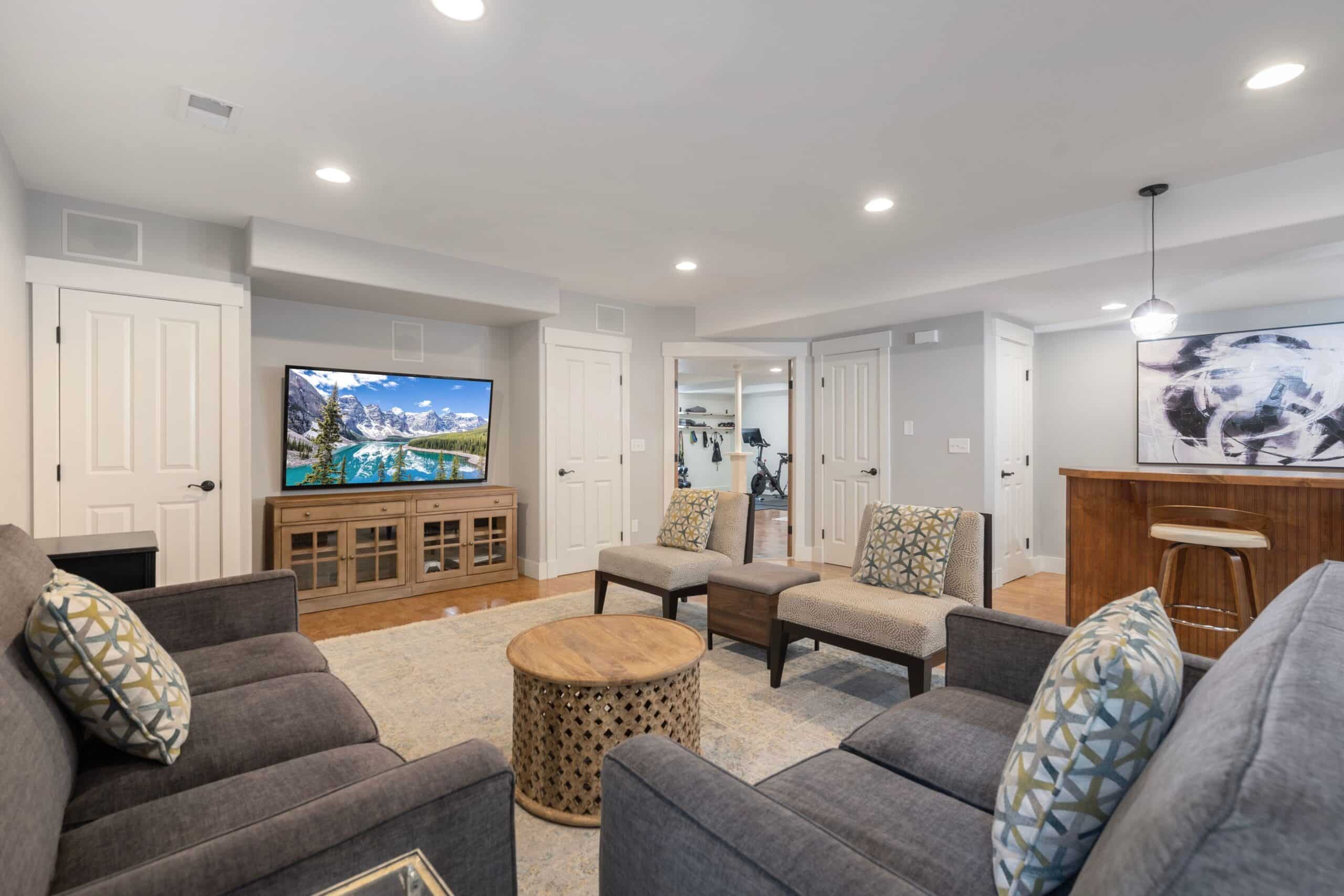When it comes to real estate photography, capturing space at every home is a unique process from beginning to end. Though we have our standard framing and processes for every shoot, we all know that each home is unique! From cozy condos to sprawling estates, the size of a home significantly influences the photography process and the approach taken by photographers. In this blog post, we'll explore how the size of a home changes the processes for photographers and what makes these shoots different.
Initial Assessment and Planning:
Photographing a small apartment requires a different approach than shooting a spacious mansion. Just like there are different approaches to shooting a vacant house vs a staged one. For smaller spaces, photographers must carefully select angles and compositions to make the most of the available room. In contrast, larger homes offer more creative freedom in terms of capturing grand entrances, multiple living areas, and expansive outdoor spaces.

Optimal Lighting Strategies:
Lighting plays a crucial role in real estate photography, and the size of a home can impact the available natural light. Smaller homes might require additional lighting equipment to ensure even illumination, while larger homes may benefit from taking advantage of ample natural light sources. Photographers must adapt their lighting strategies accordingly to highlight the unique features of each property.
Showcasing Layout and Flow:
Capturing space and the flow and layout of a home becomes more intricate as the size increases. Smaller homes often require capturing multi-functional spaces, emphasizing how every inch is used efficiently. In larger homes, photographers focus on conveying the seamless transition between rooms, emphasizing the sense of continuity and purpose each area serves.
Attention to Detail:
In smaller homes, attention to detail becomes paramount. Photographers must highlight space-saving solutions and design elements that contribute to a comfortable living environment. Larger homes allow for showcasing intricate architectural details, luxurious finishes, and expansive views that define the property's unique character.
Creating a Sense of Scale:
Size can distort perception in photography. Photographers of small homes aim to create an illusion of space, making rooms appear larger than they are. On the other hand, capturing the grandeur of large homes requires balancing the grand scale with a sense of coziness and intimacy, making viewers feel connected to the space.

Efficient Post-Processing:
Editing photos of small homes may involve careful retouching to enhance the perception of space and brightness. For larger homes, photographers may spend more time blending exposures to ensure consistent lighting throughout the extensive layout. Post-processing is tailored to bring out the unique attributes of each property.
Focusing on Outdoor Spaces:
The size of a home often influences the size and significance of outdoor spaces. Capturing space at a smaller homes may have limited outdoor areas that need creative framing to make the most of them. Photographing larger homes involves capturing vast lawns, gardens, and outdoor amenities that contribute to the overall appeal.

In the realm of real estate photography, the size of a home is more than just a numerical value; it's a pivotal factor that guides the photographer's creative process. Whether it's the cozy charm of a compact apartment or the grandeur of a sprawling estate, each home size offers unique challenges and opportunities. The adaptability of photographers to tailor their approach to various home sizes is what ultimately results in captivating images that convey the essence of a property to potential buyers.
